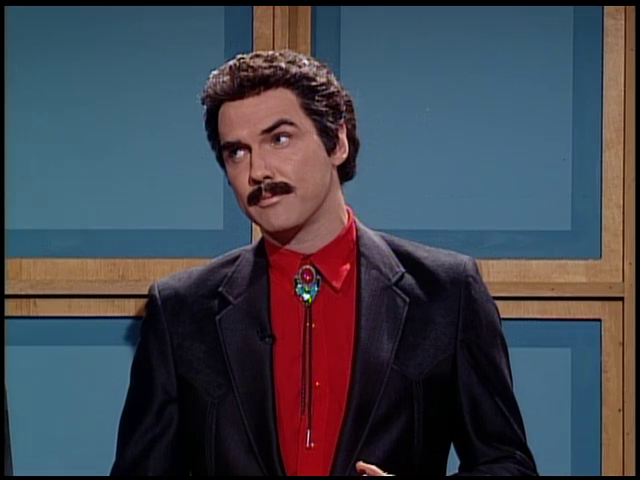Stuff Black People Don’t Like
January 5, 2015

Sadly, no “Double Jeopardy.” [What is causing Indy’s rise in homicides?, Indy Star, 1-4-15]:
Patricia Ladd has lived in the Martindale-Brightwood neighborhood for seven decades.
For much of that time, the retired schoolteacher said, crime was not a problem.
But these days, Ladd said, her husband won’t let her walk outside their home at night.
And there are some parts of her beloved neighborhood where Ladd now refuses to drive — including the intersection of 25th Street and Dearborn Avenue. That’s where an 84-year-old neighbor and her 30-year-old granddaughter were gunned down in May.
Ladd’s neighbor Julia Morrow and Morrow’s granddaughter, Inity Morrow, were among the 135 women, men and children who were killed in criminal homicides in Indianapolis in 2014. The tally is the highest since 2006 and represents an 8 percent increase from the 125 criminal homicides in 2013.
The city’s top law enforcement officials blame the escalation in criminal killings on a toxic mix of drugs, gangs, guns in the wrong hands, poverty and mental illness. They also insist that Indianapolis remains a safe city.
“If you live in Indianapolis and you’re not using drugs, you’re not breaking the law, you’re not carrying a gun illegally, (then) your chances of being in a homicide are very low,” said Public Safety Director Troy Riggs.
Riggs said criminal history was a common thread tying together homicide suspects and their victims. Even so, Riggs acknowledged, the uptick in homicides for the second consecutive year — after four years with fewer than 100 homicides — is disturbing.
On Feb. 22, four people were killed during what officials believe was a botched robbery at a Southeastside drug house. IMPD officials said the suspects, including alleged triggerman Cody Rackemann, were after drug money and the group’s own narcotics, including heroin.
A month later, three other people were killed during a late-night shooting at a Shoreland Court apartment building. Court documents released after the Dec. 19 arrests of two suspects in the killings suggested they might also have been drug-related.
Several of those involved in those homicides — including every victim and all but one suspect in February’s quadruple homicide — had previously faced drug-related or violent criminal charges.
They aren’t unique.
Riggs said more than 80 percent of homicide victims in 2014 had a criminal past, and more than 40 percent of both the victims and their killers had faced previous gun-related charges.
“There are hardly any new players in these homicides,” Hite said.
The 2014 victims were predominantly — and disproportionately — young, black males. Almost 80 percent were African-American and 82 percent were males. Seventy percent were younger than 30.
But who is doing the killing?
The Indianapolis Star doesn’t address this, so we will for them: individual black people, collectively working to cause the rise in Indy’s homicides.
